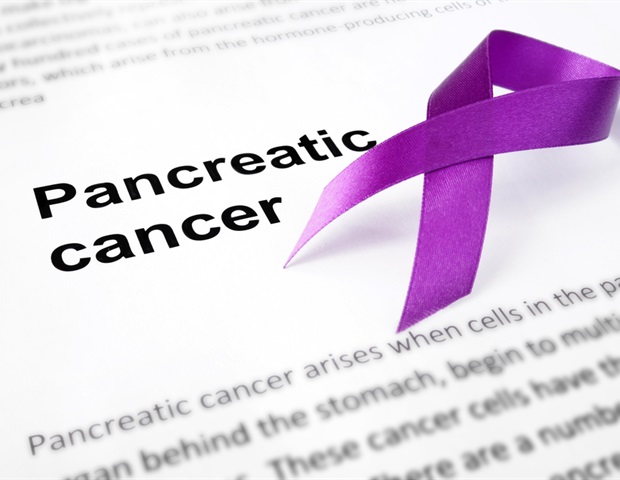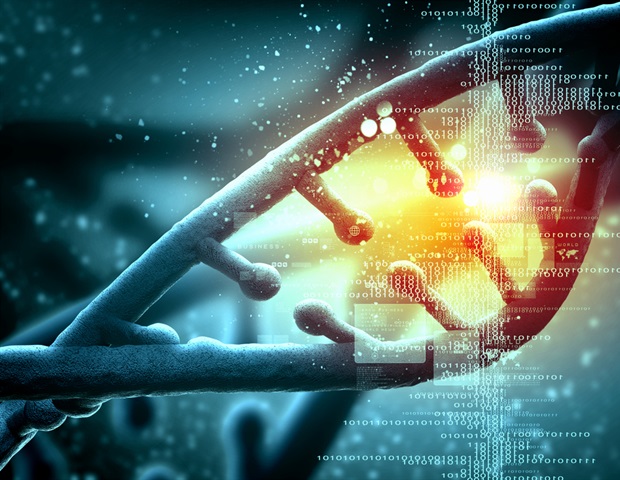A landmark study reveals that the sheer volume of CT scans in America may trigger over 100,000 future cancer cases—raising urgent questions about when medical imaging does more harm than good.
 Study: Projected Lifetime Cancer Risks From Current Computed Tomography Imaging. Image Credit: Radiological imaging / Shutterstock
Study: Projected Lifetime Cancer Risks From Current Computed Tomography Imaging. Image Credit: Radiological imaging / Shutterstock
A new study published in JAMA Internal Medicine reveals that the radiation dose currently used in routine computed tomography (CT) examinations in the United States is projected, using modeling, to eventually account for 5% of all new cancer diagnoses annually. The study estimates a range of 80,000 to 127,000 projected cancers based on sensitivity analyses, with a central estimate of approximately 103,000 future lifetime cancers from CT scans performed in 2023, and provides 90% uncertainty limits for these projections.
Background
Computed tomography (CT) is a widely acknowledged medical imaging test used for diagnostic purposes. Although CT scans are important imaging techniques used to diagnose cancers, detect bone injuries, and guide treatments, they expose patients to certain levels of ionizing radiation that can increase the risk of cancer.
In this context, evidence indicates that exposure to CT can increase the risk of blood and brain cancers in children. In adults, CT-related radiation exposure causes DNA damage, which in turn can increase cancer risk.
Cancer risk from CT exposure depends on multiple factors, including radiation dose, body area imaged, patient’s age, sex, bodyweight, and acquisition technique.
In the United States, routine CT scans conducted in 2007 have been projected to cause approximately 29,000 future cancers in 2009. Since these estimations were made, annual routine CT scans have increased by more than 30%. The new study uses updated modeling approaches and more granular, examination-level data to refine these risk estimates.
A team of researchers at The Institute of Cancer Research, London, Kaiser Permanente Washington, Seattle, and the University of California, San Francisco, aimed to update previous projections on lifetime cancer risks associated with CT using the most recent US data on the number of CT scans and doses.
The research team used a publicly available radiation-induced cancer risk model developed by Professor Amy Berrington, Leader of the Clinical Cancer Epidemiology Group at The Institute of Cancer Research (ICR), to estimate the numbers and types of cancers that were expected in both children and adults due to CT exposure. The projections are based on the National Academy of Sciences BEIR VII risk models, which are widely accepted in the field of radiation epidemiology, and incorporate adjustments for latency periods, uncertainty ranges, and differences in organ doses by age and sex.
Cancer risk associated with CT scan
The study projections on future cancer risk were based on the 93 million CT scans carried out in 62 million people in the United States in 2023. These scans were projected to cause approximately 103,000 cancer cases in the country, with a 90% uncertainty range of 96,400 to 109,500. Sensitivity analyses using alternative assumptions yielded a broader range of 80,000 to 127,000 projected cancers.
Considering CT scans performed in 2.5 million children in 2023, approximately 9,700 cancer cases were projected to occur, with a 90% uncertainty range of 8,100 to 11,600. Although CT radiation-induced cancer risk was higher in children and adolescents, these examinations were performed more frequently in adults, resulting in more expected cancers in the older population.
Importantly, the study excluded from risk projections any scans performed in the last year of life, since these patients would not be at risk for developing radiation-induced cancer due to limited life expectancy.
According to the model projections, the most common cancers among men and women would be lung cancer, colon cancer, leukemia, and bladder cancer. However, in women, breast cancer was projected to be the second most common cancer.
The highest number of cancers in adults was projected to result from abdominal and pelvic CT (reflecting 37% of projected cancers), followed by chest CT (reflecting 21% of projected cancers). In children, projected cancers were more likely to be associated with brain CT scans.
Per scan, the cancer risk is highest for children exposed at younger ages, especially those under 1 year old, but the majority of projected cancer cases occur in adults due to the much higher frequency of CT use in that age group.
Study significance
The study reveals that if CT scan utilization frequencies and radiation doses remain unchanged in the United States in the upcoming years, it would be responsible for approximately 5% of all new cancers diagnosed annually in the country. This estimate refers to future lifetime cancers projected to result from a single year’s worth of CT scans (2023), not immediate diagnoses in the same year.
CT scans are potentially lifesaving techniques used for diagnosing and treatment monitoring. Considering the benefits, their potential harmful outcomes are often overlooked in clinics.
The research team highlights that CT scans can have benefits that outweigh their risks if the scan is clinically justified and the dose is adjusted to the patient’s age and the organ being targeted.
In the United Kingdom, CT scan utilization is tightly regulated. Radiologists review each scan request and perform scans only when clinically justified and with optimized doses. Such tight regulations result in fewer than 100 scans per 1,000 people, compared to more than 250 scans per 1,000 people in the United States.
In this context, evidence indicates that the benefits of CT scans can overshadow the risks if they are used in targeted screening for healthy people, such as for lung cancer. However, the researchers argue that the risk of cancer outweighs any potential benefit from the whole-body scans offered by private clinics to healthy people.
“While CT scans are immensely beneficial in diagnosing and detecting many conditions, including cancer, they do involve exposure to ionising radiation that has been shown to increase the risk of developing cancer. It’s important to note that for the individual patient, this increased risk is small, and the benefits far outweigh the risks if the scan is clinically justified. But when millions of CT scans are being carried out across the population, these small risks do add up. In the US, CT-related cancers could now account for 5 per cent of all cancers – some of these cancers could be prevented by avoiding unnecessary scans and ensuring correct doses are used.”
“While the NHS in the UK has a much better system to ensure that CT scans are clinically justified, we must not get complacent. Many other countries in Europe and also Australia perform high numbers of scans – and these numbers are rising. We are urging doctors to ensure that scans are only carried out where necessary, and that doses are appropriate for the patient,” said Professor Amy Berrington.
“These future cancer risks can be reduced either by reducing the number of CT scans (particularly low value scans which are used in situations where they are unlikely to help the patient) or by reducing the doses per exam. The doses for CT remain highly variable across patients’ hospitals, even in the UK, and there are opportunities to reduce those doses without reducing the accuracy of the tests,” said Dr Rebecca Smith-Bindman, Radiologist and Professor at the University of California, San Francisco.
The authors emphasize that these risk estimates are based on established models and the best available data. However, they are projections rather than direct observations and include uncertainty ranges to reflect the limitations and assumptions of the modeling approach.
Source:
Journal reference:




_labeled_with_fluorescence_dyes-Vshivkova_9fc952884c46485589d5e3d9bff007e5-620x480.jpg)

